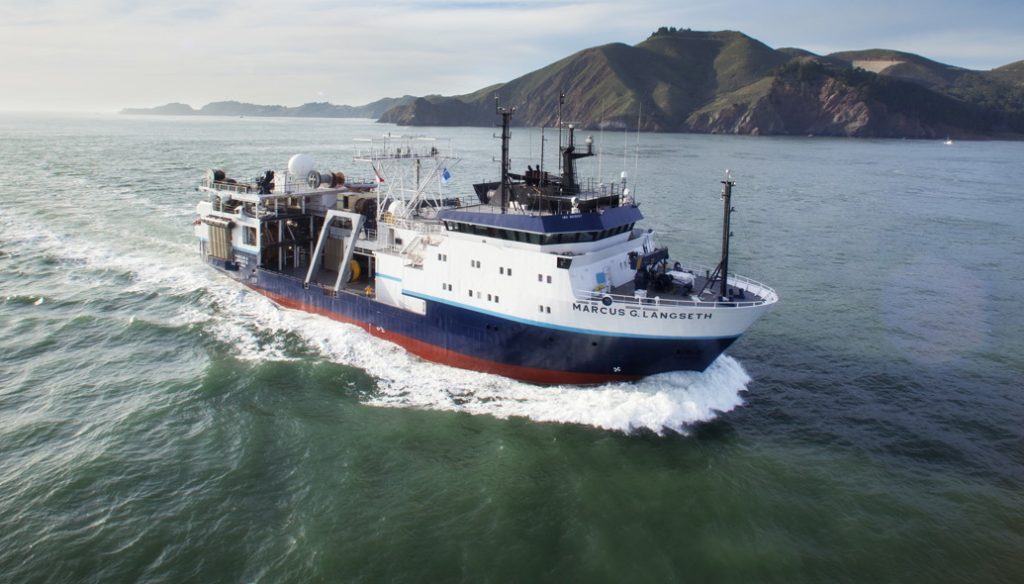B.C.’s next massive earthquake could be more dramatic than first thought

For decades now, you’ve been told it’s coming — a devastating “superquake” along British Columbia’s south coast — and new research suggests it could be even more dramatic than expected when it does eventually hit.
Scientists are getting much more detailed data about a major fault along the West Coast stretching from California to B.C.

The newly published information comes from a 2021 ocean expedition that used sound waves to explore and map the 1,000-kilometre Cascadian subduction zone, including a segment along Washington and southern Vancouver Island that has caught the attention of seismologists like John Cassidy at Natural Resources Canada.
Advertisement
“The research has shown various segments, which is important for improving our estimates of what we can expect during a future subduction earthquake, one of these big magnitude 9.0 quakes. We’ve known about it now for about 30 years and we can estimate the shaking, but now we’re getting into a lot more of the details,” Cassidy told CityNews.
That includes the geological features of the segment adjacent to B.C., where it has been revealed the edges of the tectonic plates are smoother, flatter and shallower than other areas.
Along a fault where movement is typically measured in centimetres annually, Cassidy says this segment has the potential for a massive slip when built up stresses eventually release.
“We’re talking about 20, 30 or 40 metres of slip along the fault offshore. These are huge amounts of slip we’re talking about, so it also generates tsunamis along with the strong shaking.”
Advertisement
Cassidy says the new data will help refine hazard models and, eventually, improve building and bridge codes. The information will also be used by emergency managers.
“Of course, this fault is offshore, so that’s important to remember,” he added. “It’s about 75 kilometres off the West Coast, but it is a fault that continues beneath us, beneath Vancouver Island and beneath the Lower Mainland, at about 60 or 70 kilometres beneath Vancouver, for example,” he said.
“We know the slip wouldn’t continue that far, but that is one of the big areas of research. Exactly where does slip occur? That ultimately controls the ground shaking and tsunami generation.”
The research does not help seismologists pinpoint when a massive earthquake will strike, but Cassidy reminds us that the West Coast is very much at risk.
“What we’ve known for the past 30 years is that we live in the subduction zone where an ocean plate is slowly being pushed beneath British Columbia, Washington, Oregon, and parts of northern California.
Advertisement
“We know it’s a region like Japan, like Alaska, like Chile and Mexico, that has experienced very large, subduction earthquakes up into the magnitude 9.0 range. The world’s largest earthquakes occur at this type of tectonic setting.”
The last quake in that range that occurred along the West Coast was in the year 1700, as deduced by geological information, tsunami records from Japan, and oral traditions from Indigenous communities.
“There’s been a lot of research that has confirmed we’ve actually had 19 of these major earthquakes during the past 10,000 years. They’re rare events, roughly every 400 or 500 years, sometimes 250 years, sometimes 850 years, so it’s quite a range,” Cassidy explained.
But with the last major earthquake striking the region 324 years ago, seismologists suggest coastal B.C. could be due for the next one at any time.
